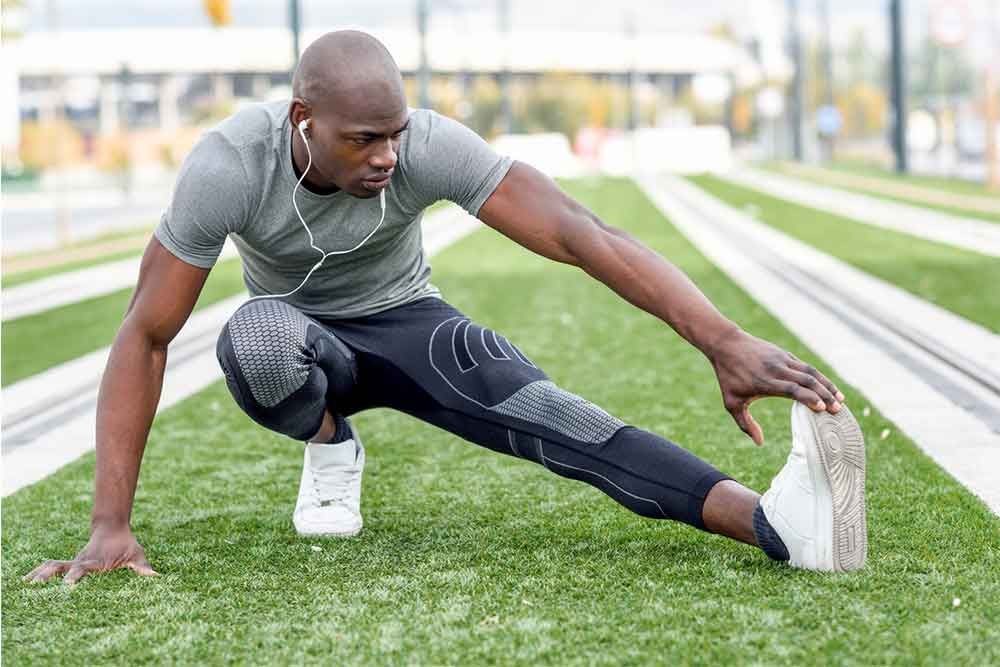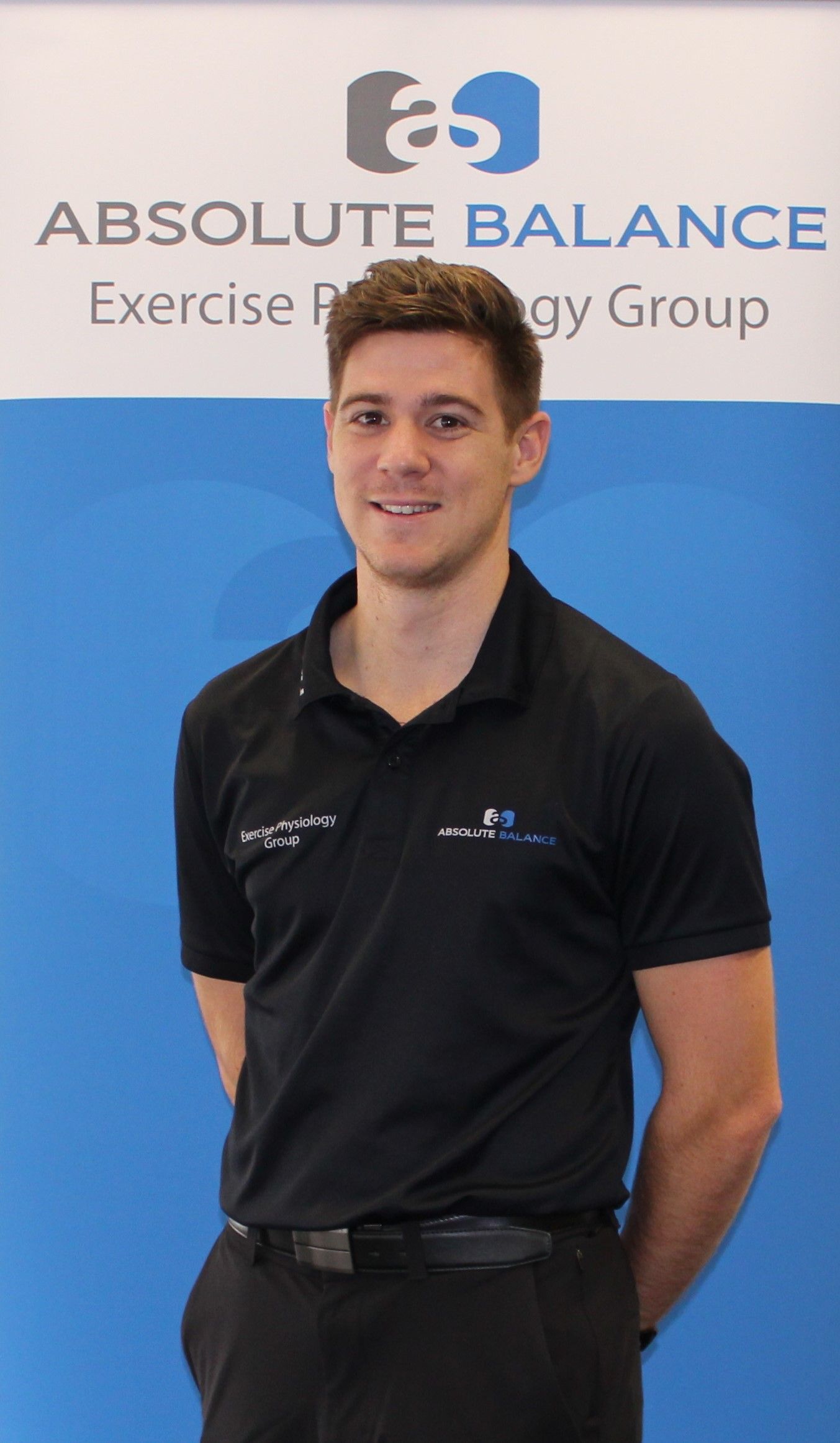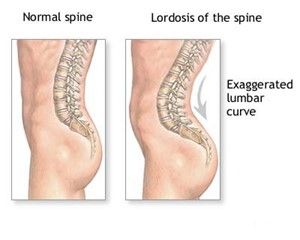My Joints Click, Is There an Issue?
Do your joints click and pop when you are active? I would be surprised if you did not. The technical term for the noises coming from our audible joints is “crepitus” and people of all ages experience it. Personally, my knees “click”, my right hip “clunks” and when I roll my shoulders there’s an internal “thud” sound that accompanies the movement. I have a lot of clients who are initially worried about such noises, associating the crackles and pops with further damage to the joint.
The good news is it really is quite normal to experience crepitus and most of the time has no sinister affect on the body. As we age, of course our joints are aging with us, leading to general wear and tear to the structures of the joint, most notably the cartilage. Crepitus can then occur from these rougher surfaces rubbing together as you complete a movement, such as a click in your knee as you stand up from your chair or a pop in your ankle as you shift your weight on your foot.
In regard to exercise, it is also quite normal to hear repetitive clicking as you complete each repetition of a given movement. This could be caused by a tight muscle which is causing some friction around the bone. Some gentle, targeted stretching may be all that is required to sort that snapping out. Overall, exercise is a great way of maintaining your joint health, the more your body moves, the more your joints will lubricate themselves. – “Motion is Lotion” as they say.
One caveat, if the crepitus is accompanied with pain then there is the possibility of an underlying injury and a review with a healthcare professional would be the best course of action to mitigate any risk of damage as you go about your day to day life. For further information please contact Absolute Balance through info@absolutebalance.com.au.

Callan Smith (B.Sc. Exercise & Sport Science, B.Sc. Exercise Science & Rehabilitation)
Senior Accredited Exercise Physiologist (AEP) (ESSAM)
References
Robertson, C., Hurley, M., & Jones, F. (2017). People’s beliefs about the meaning of crepitus in patellofemoral pain and the impact of these beliefs on their behaviour: A qualitative study. Musculoskeletal Science And Practice , 28 , 59-64. doi: 10.1016/j.msksp.2017.01.012




